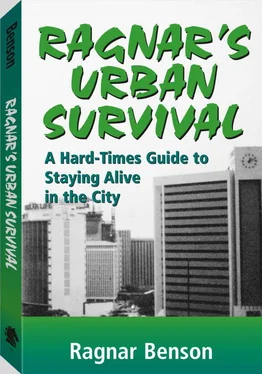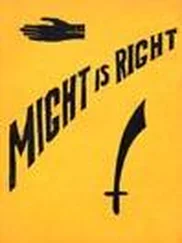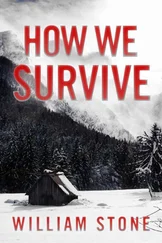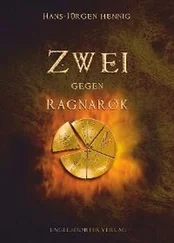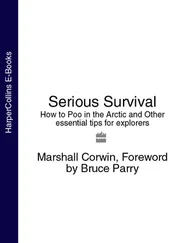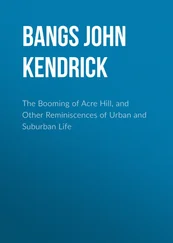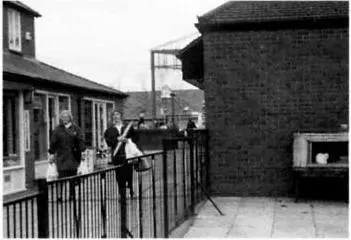
Members of this family raising rabbits in the heart of a large industrial English city are practicing survival skills and don’t even know it.
As a food source, common pigeons are another critter with great charm when raised in the city. They fly out to get their own food and water from a roost that can be established virtually anywhere. Fifteen adults easily produce sufficient meat for another two meals per week. There will be more about raising these critters in the city in subsequent chapters.
Game animals of all kinds from rabbits to carp are best trapped. Learning how isn’t difficult. Set out great numbers of traps, repeating what works. In cities, expect to catch cats, dogs, and rats; in the country, look for deer, rabbits, and geese. Trapping wild or semi-wild game is part of the Rule of Threes for both city and rural survival.
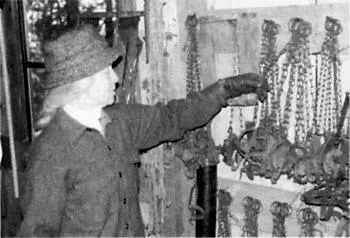
Survivors in a life-and-death setting must trap all of their game. Sport hunting and fishing risks using more calories than are earned.

Getting raw grain from farmers may not be practical or possible for city survivors.
Bartering with farmers and stockmen for edibles is another alternative. Those living near farms may be able learn how to preserve harvests themselves. Like country survivors, the city variety must be willing and able to preserve their own food.
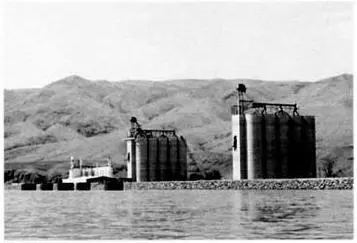
Grain terminals, if they can be reached, have sufficient food for a city for a year. Fresh water is a plus.
Most city survivors will elect to make stockpiling a large part of their three-legged food survival program. Understanding how to effectively stockpile intimidates some folks. Here’s a simple way to determine what you’ll need: Instead of guessing about what you think you’ll need, just start buying doubles of all the essential items you normally purchase. For 8 months preceding the hour of need, start saving all these extra supplies in one set-aside survival area. Soon there will be more than enough lightbulbs, hand soap, sanitary napkins, coffee, and so on, to see you past an emergency.
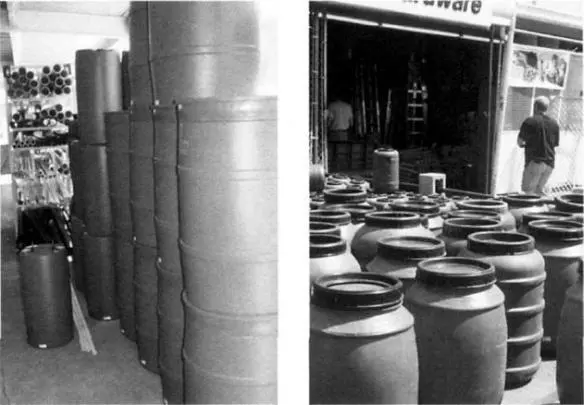
Plastic barrels can be used for deep, long-term hiding and caching of survival supplies.
Three sources of potable water are a must. One source could be the municipal pipe into your home, but is not a source you can count on. City dwellers might consider renting a shallow well auger to sink their own backyard well. It is not too early to think about the availability of pond, river, or lake water as part of one’s water Rule of Threes. You’ll also want to consider a rig to catch and store rainwater from house and building roofs. All that is needed to implement this collection storage plan in most city circumstances are some extra gutter, plastic tarp, and plastic storage barrels (which for some reason are most often blue). Other suggestions are to store water in bottles, bladders such as waterbeds, or fiberglass water tanks.
Planning three sources of energy is not tough once you overcome the realization that they probably all must be purchased well ahead of need or, within cities, actively scrounged up by creative survivors. I plan to use 1,000 gallons of stored fuel oil to run my generator and provide some heat, and 1,000 gallons of propane to cook, heat water, and perhaps warm the house. Large propane storage tanks may not be legal in cities, but I know of two current survivors who have 1,000-gallon propane tanks buried out of sight under their garage floor. My third energy source is 25 cords of scrap wood that I can replenish from abandoned buildings and storage areas as needed. I could heat, cook, and survive with scrap pallet wood alone.
Depending on one’s specific circumstances, there are also coal, geothermal devices, solar cells, and fuel cells. Small, increasingly inexpensive fuel cells used for direct electrical conversion from LP (liquid propane) gas are coming on the scene. There are also very unconventional fuel sources. My father ran out every time a team of horses came by to scoop up any road apples, which were either dried for fuel or shoveled into the garden as fertilizer. Although road apples have gone the way of dinosaurs in most places, your city survival plan will eventually entail these sorts of improvisations.
Shelter in our list of threes also encompasses clothing and emergency medical supplies. Most people in our outdoor-oriented society have sufficient boots, jackets, and warm, woolly sweaters to wear when the place can’t be kept at 62 degrees. Emergency medical supplies are a complex, separate, and very philosophical issue that should be addressed by survivors as quickly as possible.
Shelter might be your present home or apartment. First backup can include an abandoned cellar, backyard dugout, a tent, or per haps a cooperative area, depending on risk levels. Others may have a travel camper, old bus body, or even an old warehouse in which to hide a shelter. You may make tentative plans to move in with your kids or back to your parents. Anything just so long as the Rule of Threes relative to shelters is addressed.
It’s tough advice for city people, but no matter what, never, never become a refugee. Survival rates among refugees with no control of their destinies are dismal. Refugees are totally the wards of government. If you believe the government does an adequate job of running the post office, Social Security, and the military, then you will probably be satisfied with the way it will run your life as a refugee. Effective hiding is an important part of city survival as it relates to the Rule of Threes.
Our technology is changing quickly. For this and reasons of personal circumstances, skills, and likes and dislikes, our personal survival plans are never final. Readers should include survival means that I have never dreamed of within their own Rule of Threes. A survivor in east Boise, Idaho, has his own private geothermal heat. well, for instance! We will miss opportunities unless we are constantly alert for them.

Russian survivors also postulated the Rule of Threes, but it didn’t maintain their Soviet Union.
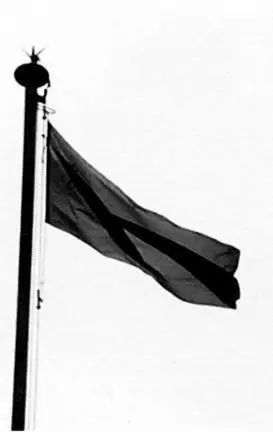
A Russian flag flies over the old Soviet embassy in Bangkok. Russians’ use of the Rule of Threes often covers only social situations, e.g.: If you want your flag pole to stay up, set it in concrete and use doublestrength metal pipe and guy wires.
This is the overall guiding philosophy to survival. Obviously it applies to city survival. Commit to it and you will live. To gloss over parts of it is to suffer extreme consequences.
Читать дальше
